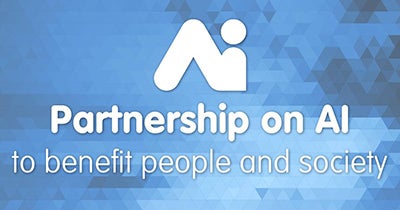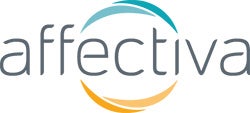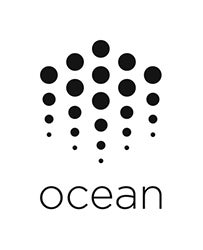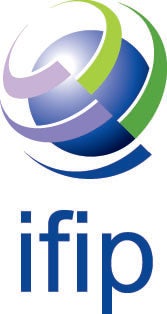Designed to harness AI for the greater good, this prize challenged teams to reimagine how humans and artificial intelligence can work together to solve the world’s most pressing challenges.
Impact
7M+ innovation hours invested by competing teams worldwide
470% surge in funding for competitors during the prize
411 new patents generated across AI applications
NimbRo
Winner
NimbRo's winning system merged haptics, immersive visuals, and agile mobility. Its intuitive design would allow for use in healthcare, disaster zones, and exploration.
Sponsors
Sponsors fund the prize journey from bold idea to breakthrough—shaping each competition, supporting global teams, and accelerating solutions that scale. Their backing powers impact that lasts well beyond the prize.
Latest News
Partners
Partners play a hands-on role in our prizes—co-designing competitions, supporting operations, and helping scale solutions with their expertise, resources, and global reach.
While AI’s capabilities have grown rapidly, its use in solving urgent global challenges remains limited. Many solutions lack real-world deployment, scalability, or the ability for humans and AI to work together effectively.
Breakthrough solutions would combine human insight with AI’s analytical power to address complex, real-world problems—delivering scalable, cost-effective, and measurable impact across global health, environment, and society.
The $5M IBM Watson AI XPRIZE aimed to accelerate the responsible, impactful use of AI to address global challenges. Competitors were tasked with crafting technically excellent, socially beneficial AI solutions—demonstrating how humans and AI can collaborate for a better future.
The Grand Prize went to Tel Aviv–based Zzapp Malaria, which uses AI to pinpoint malaria hotspots via satellite and topographical data and deliver optimized strategies through a map-based app for field workers. Real-time feedback like water sampling and trap results enables the AI to adjust guidance dynamically.
Deployed in seven countries, Zzapp’s solution has already protected over one million people, and it is twice as cost-effective as bed net distribution in urban and semi-urban areas, where 60% of Africa’s population lives.
By bringing AI from labs into the field, the competition proved that the technology’s true potential lies in human-centered applications that can save lives, protect ecosystems, and strengthen communities worldwide.
Launched in 2016, the competition concluded in 2021 with Zzapp Malaria winning the Grand Prize. Their AI-driven platform is now scaling across Africa and beyond—protecting millions from malaria
Other Competitions
IN DEEP TECH + EXPLORATION
























